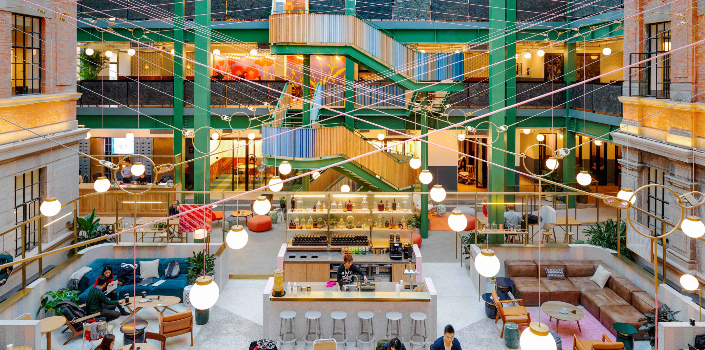WIN Awards judge Alex Mok’s key past projects
The WIN Award judge and co-founder of Linehouse reveals her favourite projects amongst the architecture and interior design practice’s work, from a former opium factory transformed into a bright and breezy co-working space, pictured here, to a food market inspired by a Victorian greenhouse.
